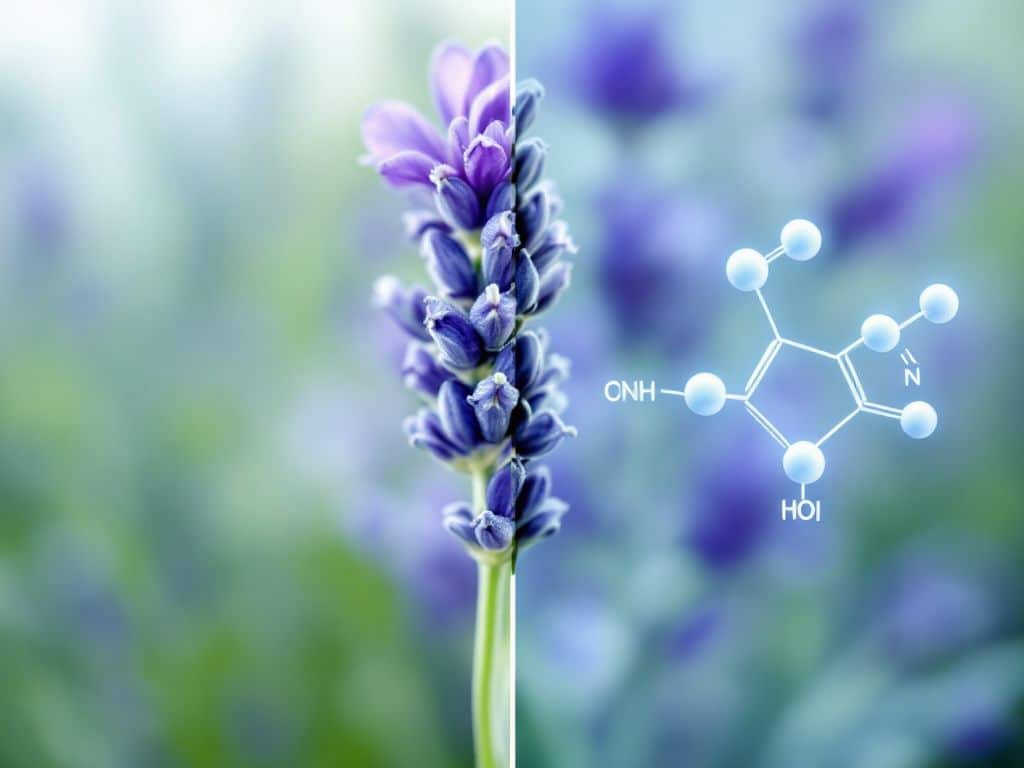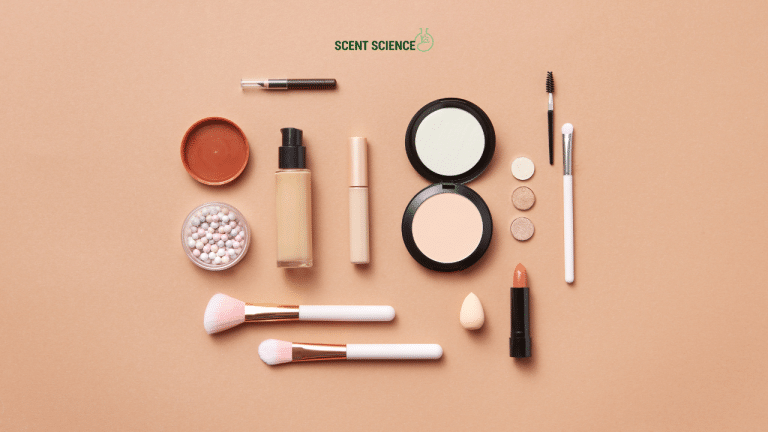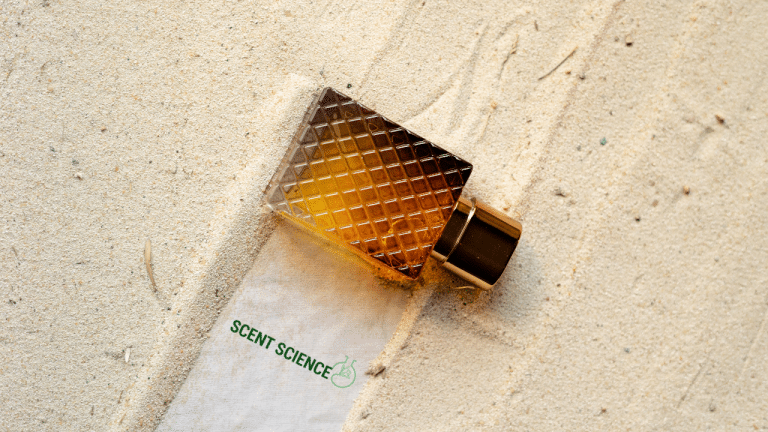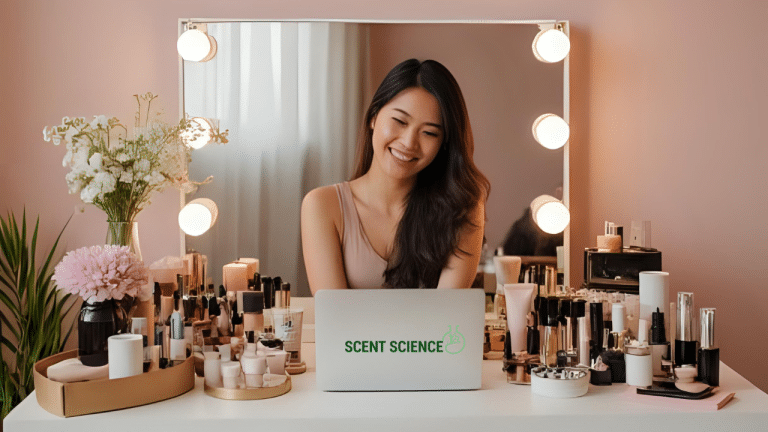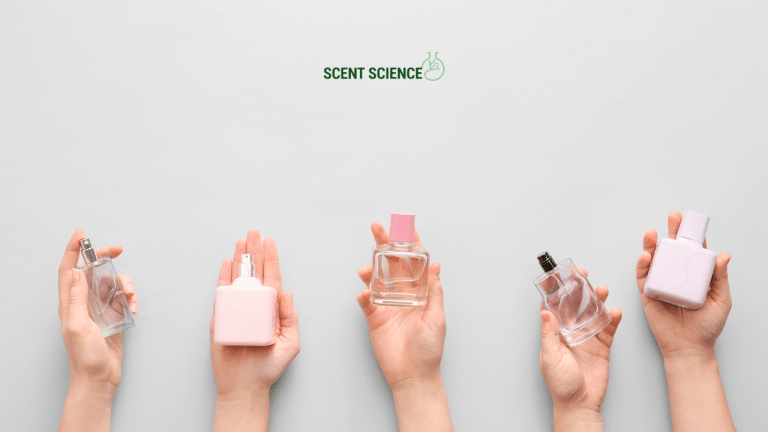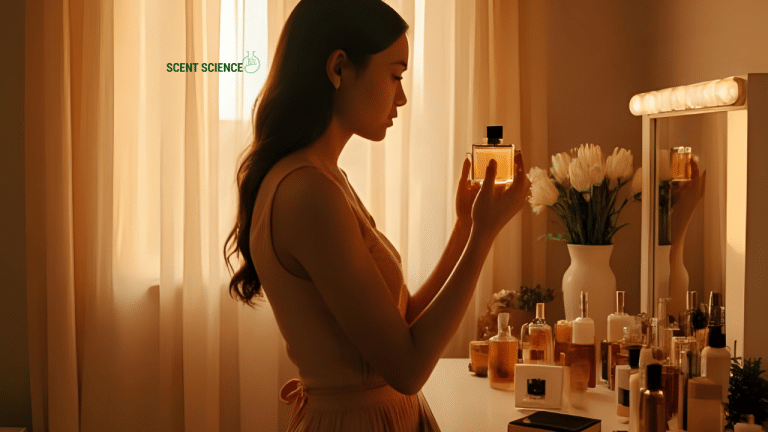Fragrances have long been an essential part of human civilization, from their use in ancient rituals to their role in modern perfumery. However, as science has advanced, so has our understanding of these aromatic compounds. With the introduction of synthetic ingredients, the fragrance industry faces ongoing debates about safety, environmental impact, and authenticity. This study delves into the nuances of synthetic scents, examining their molecular structure, safety assessments, and real-world applications. 📊
Table of Contents
ToggleIntroduction: Understanding the Fragrance Puzzle
The fragrance industry is a complex world where chemistry meets art. At its core, it involves the crafting of unique aromatic experiences, typically through a blend of volatile compounds. But what are synthetics in this context? Simply put, these are compounds created through chemical processes, mimicking or enhancing natural scents.
To grasp the full debate, it’s essential to understand the fundamental differences between natural and synthetic ingredients. Natural fragrances are derived from plant or animal sources, while synthetics are developed in laboratories. Each has its pros and cons, and understanding these can guide informed decisions. Let’s embark on a technical yet approachable exploration.
The Chemistry of Synthetics: Molecular Structures Unveiled
The Building Blocks: What Are Synthetics? 🧪
Synthetics in fragrances encompass a broad range of compounds, stretching from those identical to natural molecules to entirely new creations unattainable in nature. They are typically designed through a process called organic synthesis—a method leveraging chemical reactions to construct complex products from simpler reagents.
One prime example is vanillin, first synthesized in the 19th century as a cost-effective and reliable replacement for vanilla extract. Its synthetic production involves converting guaiacol, a compound derived from wood, demonstrating the intricacies of creating fragrances through chemistry.
Each synthetic fragrance molecule has a well-defined molecular structure, crucial in determining its olfactory profile, volatility, and longevity on the skin. For instance, esters, a primary class of synthetic fragrance compounds, are characterized by their pleasant, fruity notes and are carefully engineered to be stable and consistent.

Technical Breakdown: The Process of Synthesis
- Selection of Raw Materials: Initial ingredients could be as basic as petroleum derivatives or natural isolates.
- Chemical Reactions: Through reactions such as esterification or saponification, atoms are arranged into desirable molecules.
- Analysis and Testing: Advanced analytical techniques like gas chromatography and mass spectrometry ensure quality and precision.
- Modification for Stability: Isoflorone, for example, is modified to retain its scent structure over time without degrading easily.
These methods not only produce consistent aromatic molecules but also allow for the innovation needed to bring unprecedented scents to market.
The Safety Debate: Are Synthetic Fragrances Safe?
Safety is a critical concern when it comes to synthetic fragrances. While some argue against their use based on potential allergenicity, others highlight rigorous testing and regulatory frameworks securing consumer safety.
Data and Standards 🎟️
Europe’s REACH (Registration, Evaluation, Authorisation, and Restriction of Chemicals) regulation is among the most stringent, requiring substantial testing data for synthetic ingredients. In the U.S., the Food and Drug Administration (FDA) and the International Fragrance Association (IFRA) play pivotal roles in monitoring fragrance safety.
A comprehensive study published in the “International Journal of Cosmetic Science” revealed that synthetic fragrances following IFRA standards demonstrate an extremely low incidence of adverse reactions. Despite this, ongoing research and innovation are essential to address sensitization issues known to be caused by a handful of compounds, both natural and synthetic.

Environmental Considerations: The Green Debate
With growing environmental awareness, the ecological impact of ingredient sourcing has come under scrutiny. Here, synthetics offer several benefits compared to their natural counterparts:
Conservation and Footprint 🌍
- Resource Efficiency: Synthetic production often requires fewer natural resources. Using synthesized musk, for example, reduces the ecological strain associated with excessive harvesting of muskrat for natural musk.
- Renewable Energy and CO2 Reduction: Companies like Solvay aim to synthesize fragrances using green chemistry principles, emphasizing renewable energy sources to minimize carbon footprints.
However, the ethical consideration of chemical waste generated during synthesis poses challenges. Innovations in waste reduction and recycling techniques are helping to alleviate these concerns over time.
The Authenticity Issue: Perception vs. Reality
Much of the resistance against synthetic fragrances stems from a stringently held belief in the superiority of natural products. But is this warranted?
Case Study: Lavender Oil vs. Linalool
Lavender oil is cherished for its calming scent, which is primarily due to linalool—a naturally occurring terpene alcohol. Synthetic linalool provides superior stability and a consistent olfactory experience, proving invaluable where batch-to-batch consistency is paramount, such as in large-scale production.

While consumers often attribute greater purity and efficacy to natural oils, the actual color and intensity of the fragrance can vary widely, an issue well-mitigated by synthetic alternatives.
Real-World Applications: Industry Perspectives and Innovations
The industrial use of synthetic fragrance compounds is telling. From high-end perfumes to everyday consumer products, synthetics ensure balance between affordability, complexity, and environmental stewardship.
Innovations to Keep an Eye On
- Biotechnology: Fermentative methods are emerging, where compounds are bioengineered by microorganisms, ensuring environmentally sustainable alternatives without the resource intensity of traditional synthesis.
- Encapsulation Technologies: Protecting fragrance longevity while ensuring gradual release, encapsulation is transforming product lines ranging from laundry detergents to skincare.
- Hybrid Fragrances: Blending synthetic and natural compounds allows for enhanced fragrances that capitalize on the strengths of both worlds.
Conclusion: Synthesizing the Future of Fragrance
Integrating both the possibilities offered by synthetic fragrances and the desire for natural authenticity is the future pathway for the industry. Sustainability will remain a cornerstone while meeting the diverse preferences of global consumers. 🔍
Understanding what synthetics are beyond media soundbites involves considering their intricate role in the modern olfactory landscape. Embracing these scientific advancements with mindfulness toward ethical feasible and ecological balance can guarantee fragrances retain their indispensable allure worldwide.
Ultimately, the science underpinning synthetics in fragrances is far from simple. Yet it is precisely through chemistry and innovation that this vibrant industry continues to thrive, bridging the scents of yesterday with tomorrow’s endless olfactory possibilities.
Frequently Asked Questions
What are the benefits of using a hair mask in my hair care routine?
Using a hair mask can provide several benefits, including hydration, smoothing, strengthening, curl definition, heat protection, and damage repair. Hair masks infuse the hair with moisture, help coat the hair shaft to seal split ends, reduce breakage, and protect the hair from heat styling and environmental damage[1][4].
What ingredients should I look for in a hair mask?
Effective hair masks often include ingredients such as coconut oil, argan oil, shea butter, honey, avocado oil, green tea, and coconut water. These ingredients provide nourishment, moisturize, and protect the hair, offering benefits like softening, moisturizing, and protecting against damage[2][5].
How often should I use a hair mask in my routine?
You should use a hair mask whenever your hair feels dry, unmanageable, or in need of intense hydration. This can vary depending on your hair type and needs, but generally, using a hair mask once or twice a week can help maintain healthy and moisturized hair[1][4].
How do I apply a hair mask for the best results?
To apply a hair mask effectively, shampoo your hair first, then apply the mask, focusing especially on the ends where hair tends to be the most damaged. Leave the mask on for anywhere from 10 minutes to overnight, depending on the type of mask and your hair’s needs[1][4].
References
